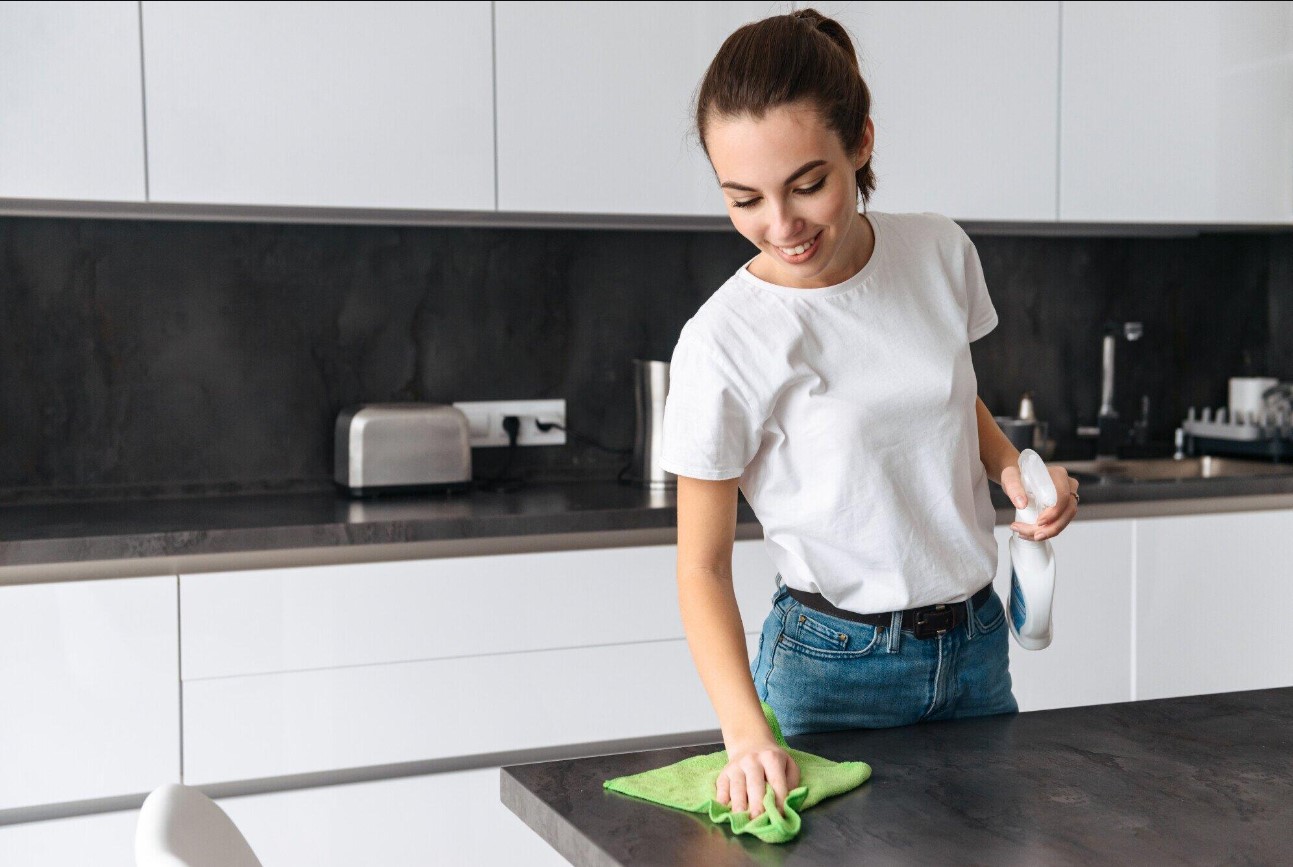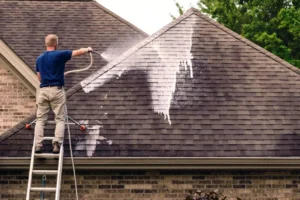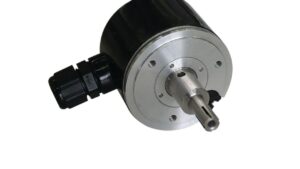DIY Grease Trap Cleaning: What You Need to Know Before You Start

Are you tired of cleaning the grease that builds up in your kitchen hood? It’s a messy and time-consuming task. But it’s important for maintaining a clean and functional kitchen.
Kitchen hood grease traps are an essential part of any kitchen. They help to capture and filter out the grease and oil that can accumulate from cooking. However, if not cleaned regularly, these traps can become clogged and pose a fire hazard.
But don’t worry, with some basic knowledge and simple DIY steps, you can easily do grease trap cleaning. Here’s what you need to know before you start.
Understand Your Kitchen Hood Grease Trap
Before you begin cleaning, it’s important to understand how your kitchen hood grease trap works. A majority of kitchen hoods have a removable metal mesh or baffle filter. They catch the larger food particles and debris.
Below this filter lies the grease trap, usually made up of metal baffles or a grease cup. The purpose of this trap is to collect and contain the smaller oil and grease particles. These particles then solidify and can be easily removed during cleaning.
Gather Your Supplies
To effectively clean your kitchen hood grease trap, you’ll need the following supplies:
- Protective gear
- Dish soap
- Boiling water or a pressure washer
- Scrub brush or sponge
- Baking soda and vinegar (optional)
Having the right cleaning tools on hand will make the cleaning process much easier and safer. This can also save you time and money in the long run.
Know the Type of Grease Trap You Have
There are two main types of grease traps: manual and automatic. Manual grease traps need to be emptied and cleaned manually. Automatic ones have a sensor that alerts you when it needs to be emptied.
It’s essential to know which type you have before starting the cleaning process. This will help you understand what steps you need to take and how often you should clean your grease trap.
Precautions to Take Before Cleaning
Before you start cleaning, it’s essential to take some precautions to ensure your safety and prevent any damage. These include:
- Wearing protective gear
- Turning off your kitchen hood
- Disconnecting the power
- Allowing the trap to cool down
Taking these precautions will help prevent any accidents or injuries while cleaning. It can also help ensure that your kitchen hood and grease trap are not damaged in the process.
Ensure Proper Ventilation
When cleaning your kitchen hood grease trap, it’s crucial to ensure proper ventilation in your kitchen. Open windows and doors to allow fresh air to circulate. This will help dispel any fumes from cleaning agents and reduce the risk of inhaling harmful vapors.
Additionally, it’s best to wear a mask to protect yourself. This is especially important if you have any respiratory issues or sensitivities.
To ensure your safety, you might want to consider hiring professionals. They can help you determine the best cleaning method and frequency for your specific grease trap. To help you with this, you can click for Louisville, KY hood cleaning here.
Grease Trap Cleaning: Maintaining a Healthy Kitchen Setup
Grease trap cleaning may seem like a daunting task. But with the right knowledge and supplies, it can be an easy and quick process. Regularly cleaning your kitchen hood grease trap will keep your kitchen hygienic.
It will also ensure the trap efficiency of your kitchen hood. Don’t put it off any longer, use these tips to clean your grease trap today! Remember, a clean kitchen is a happy kitchen.
For more informative articles, check out more articles on our blog.







